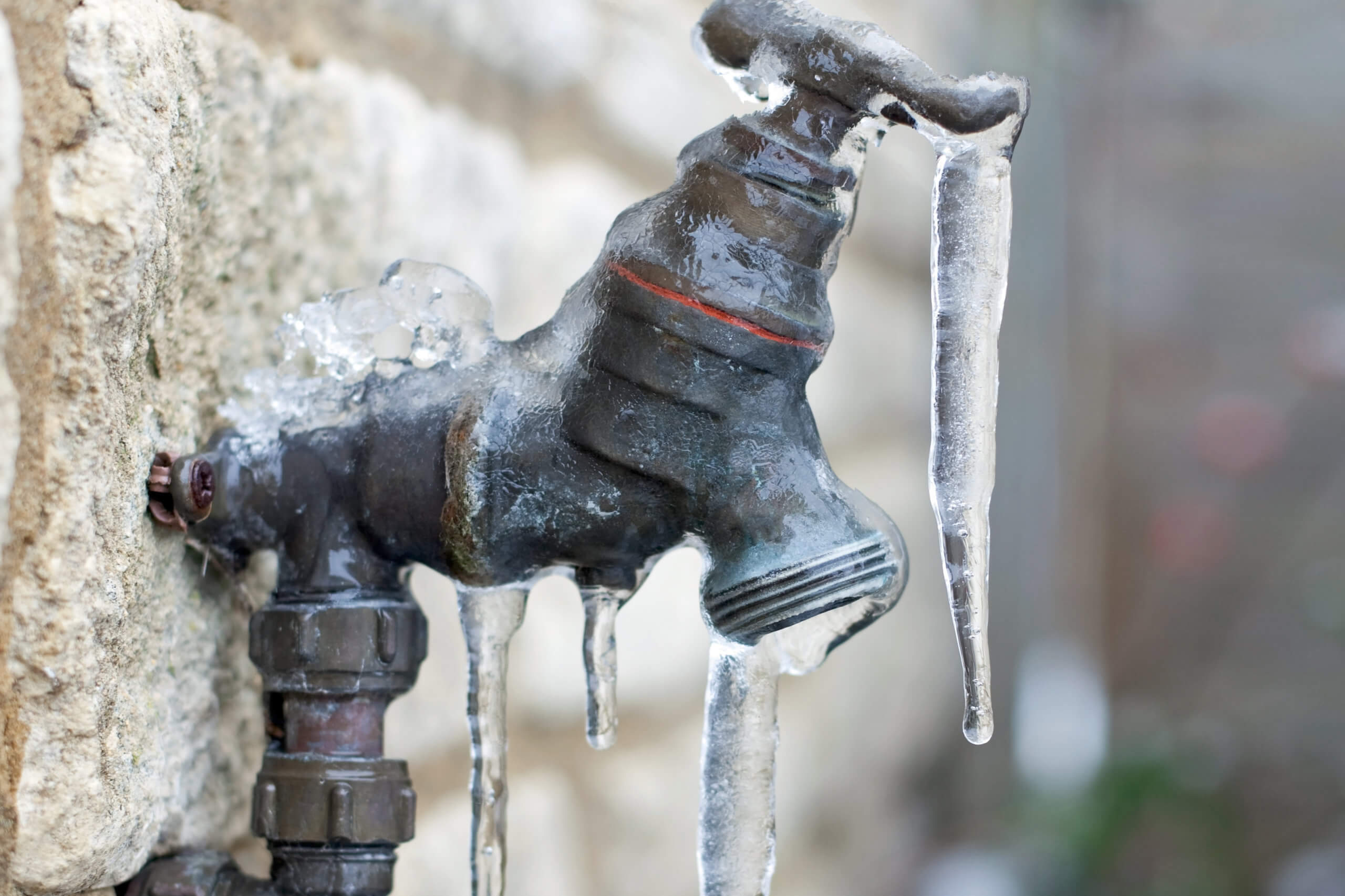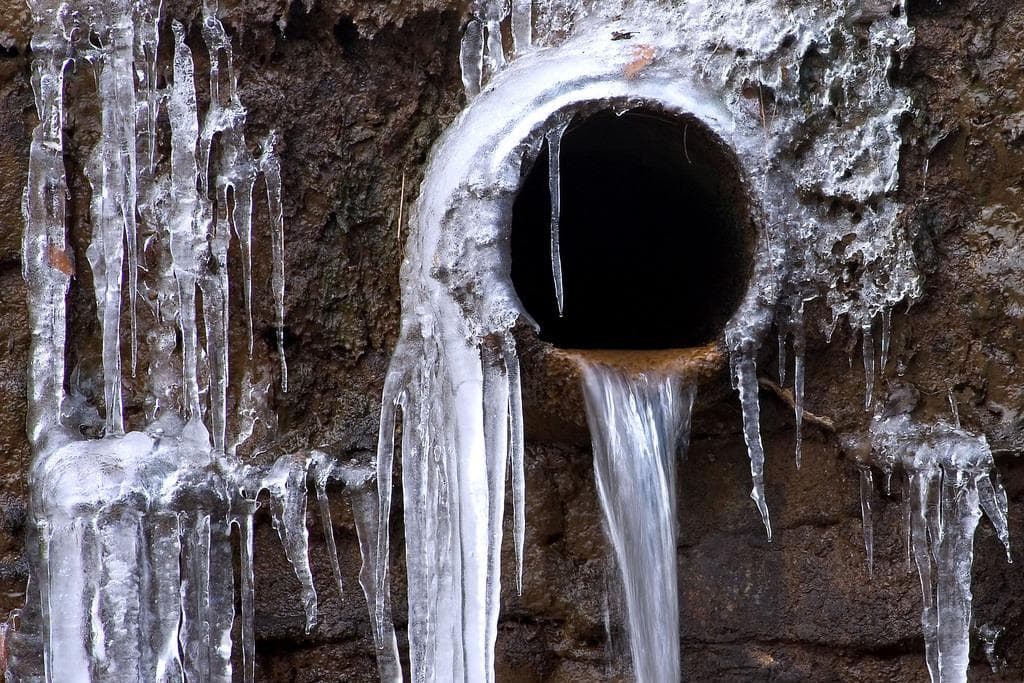This great article below in relation to How to prepare your home plumbing for winter weather is exceptionally motivating. You should take a peek.

Cold weather can damage your plumbing, specifically by freezing pipelines. Right here's exactly how to stop it from taking place and what to do if it does.
Introduction
As temperature levels decline, the danger of frozen pipes rises, possibly causing expensive repairs and water damages. Comprehending how to stop icy pipes is crucial for home owners in chilly climates.
Avoidance Tips
Insulating susceptible pipelines
Wrap pipelines in insulation sleeves or use warmth tape to safeguard them from freezing temperature levels. Focus on pipes in unheated or external areas of the home.
Home heating methods
Maintain interior spaces adequately heated up, particularly locations with plumbing. Open cupboard doors to allow warm air to distribute around pipelines under sinks.
Just how to identify icy pipelines
Try to find reduced water flow from faucets, unusual odors or noises from pipes, and noticeable frost on revealed pipelines.
Long-Term Solutions
Structural adjustments
Consider rerouting pipelines far from exterior walls or unheated areas. Include additional insulation to attics, cellars, and crawl spaces.
Updating insulation
Invest in high-quality insulation for pipelines, attics, and wall surfaces. Correct insulation assists keep constant temperatures and minimizes the risk of icy pipelines.
Protecting Exterior Pipes
Garden hose pipes and exterior faucets
Separate and drain yard hoses before winter. Set up frost-proof faucets or cover outdoor faucets with protected caps.
Recognizing Frozen Pipes
What creates pipelines to freeze?
Pipes freeze when subjected to temperature levels below 32 ° F (0 ° C) for extended periods. As water inside the pipes freezes, it broadens, taxing the pipeline wall surfaces and possibly creating them to break.
Threats and problems
Icy pipelines can cause supply of water interruptions, property damages, and pricey fixings. Ruptured pipes can flood homes and cause extensive architectural damages.
Signs of Frozen Piping
Recognizing frozen pipes early can stop them from rupturing.
What to Do If Your Pipes Freeze
Immediate activities to take
If you presume frozen pipelines, keep taps open up to eliminate pressure as the ice thaws. Utilize a hairdryer or towels taken in hot water to thaw pipelines slowly.
Verdict
Avoiding icy pipes needs positive measures and quick feedbacks. By understanding the reasons, indicators, and safety nets, homeowners can shield their plumbing throughout cold weather.
5 Ways to Prevent Frozen Pipes
Drain Outdoor Faucets and Disconnect Hoses
First, close the shut-off valve that controls the flow of water in the pipe to your outdoor faucet. Then, head outside to disconnect and drain your hose and open the outdoor faucet to allow the water to completely drain out of the line. Turn off the faucet when done. Finally, head back to the shut-off valve and drain the remaining water inside the pipe into a bucket or container. Additionally, if you have a home irrigation system, you should consider hiring an expert to clear the system of water each year.
Insulate Pipes
One of the best and most cost-effective methods for preventing frozen water pipes is to wrap your pipes with insulation. This is especially important for areas in your home that aren’t exposed to heat, such as an attic. We suggest using foam sleeves, which can typically be found at your local hardware store.
Keep Heat Running at 65
Your pipes are located inside your walls, and the temperature there is much colder than the rest of the house. To prevent your pipes from freezing, The Insurance Information Institute suggests that you keep your home heated to at least 65 degrees, even when traveling. You may want to invest in smart devices that can keep an eye on the temperature in your home while you’re away.
Leave Water Dripping
Moving water — even a small trickle — can prevent ice from forming inside your pipes. When freezing temps are imminent, start a drip of water from all faucets that serve exposed pipes. Leaving a few faucets running will also help relieve pressure inside the pipes and help prevent a rupture if the water inside freezes.
Open Cupboard Doors
Warm your kitchen and bathroom pipes by opening cupboards and vanities. You should also leave your interior doors ajar to help warm air circulate evenly throughout your home.

I hope you enjoyed our piece on How to prepare your home plumbing for winter weather. Many thanks for spending some time to read through our blog. Don't hesitate to take the opportunity to distribute this blog posting if you enjoyed reading it. I truly appreciate your readership.
Click Here
Comments on “Protect Against Frozen Pipes in Cold Weather: Pro Strategies”